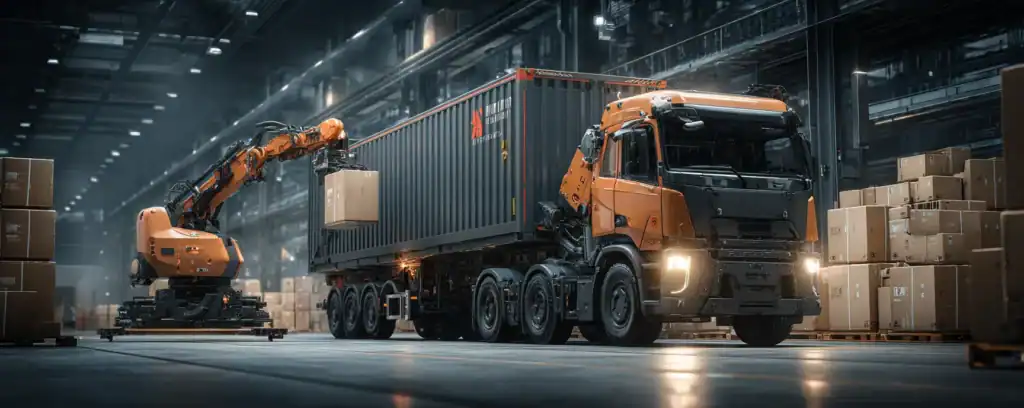The logistics sector is undergoing a significant transformation, driven by a technology breakthrough that allows robots to autonomously load and unload trucks.
Long considered too complex for automation due to the unpredictable nature of cargo and container layouts, this task is now being tackled with advanced robotics equipped with artificial intelligence.
This development is not only a technical milestone but also a strategic response to persistent labour shortages and workplace safety concerns.
Companies such as DHL are already testing and integrating these systems, recognising their potential to improve efficiency, reduce physical strain on human workers, and minimise operational delays.
These robots are designed to adapt to varied environments and object types, combining AI-driven perception, real-time decision-making, and mechanical dexterity to perform tasks that were once solely the domain of humans.
A New Era for Logistics Operations
The logistics industry has long relied on a physically demanding workforce to manage loading bays – an area often prone to bottlenecks, injuries, and inconsistent performance.
While automation has seen increasing adoption in warehousing and inventory management, the challenge of automating truck handling has remained a final frontier.
The sheer variability in cargo shapes, sizes, and placements makes it a non-trivial task for machines.
What sets this new generation of robotic systems apart is their integration of sophisticated sensing technologies, such as computer vision, depth mapping, and force feedback, with machine learning algorithms that enable them to learn and adapt in real-time.
These capabilities make them particularly effective in environments where precision, speed, and flexibility are crucial.

Implications for Industry and Workforce
The impact of this innovation is expected to ripple across the logistics value chain. For businesses, the benefits are clear: reduced downtime, lower injury rates, improved throughput, and better use of warehouse space.
For employees, the technology promises to shift the nature of logistics work towards more skilled, supervisory roles, reducing exposure to repetitive strain and hazardous conditions.
As the e-commerce boom continues to raise expectations for delivery speed and reliability, automation of truck handling could become a key competitive differentiator.
Logistics providers that successfully adopt and scale this technology will be better positioned to meet fluctuating demand while maintaining service consistency.
Latest Tech and AI Posts
- Meta’s Groundbreaking AI Translates Brain Waves into Films: A Pioneering Advancement in Neurotechnology
- Why Leading Lawyers Are Turning to AI
- Rolls-Royce Ventures into AI Integration to Become UK’s Premier Enterprise
- The Adversarial Robustness Toolbox (ART) is an Open-Source Tool for Securing LLMs
- Google’s New Ad Campaign Challenges AI Dependency

